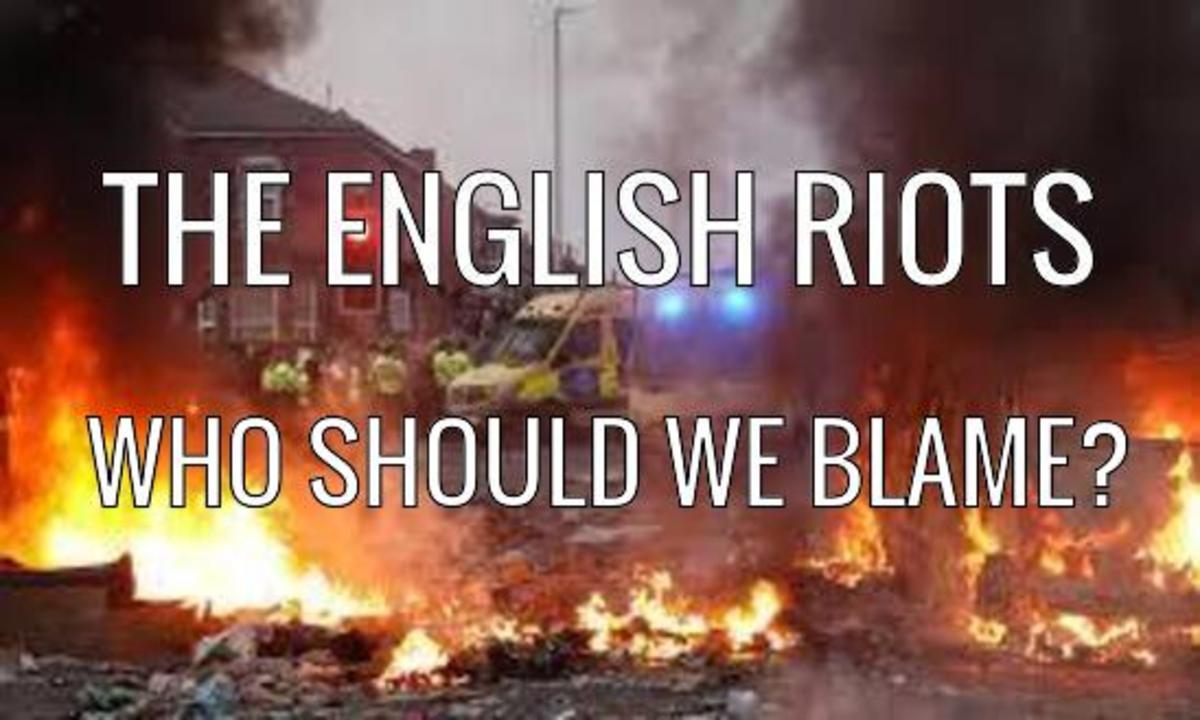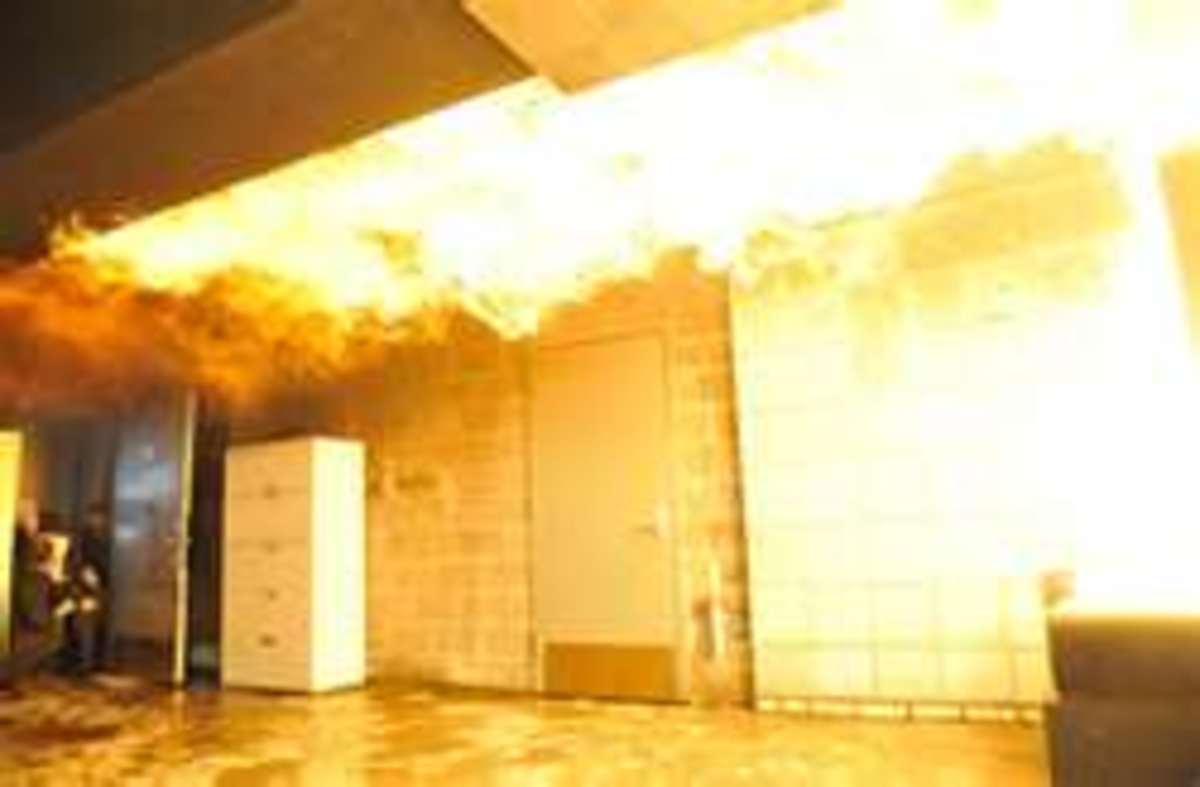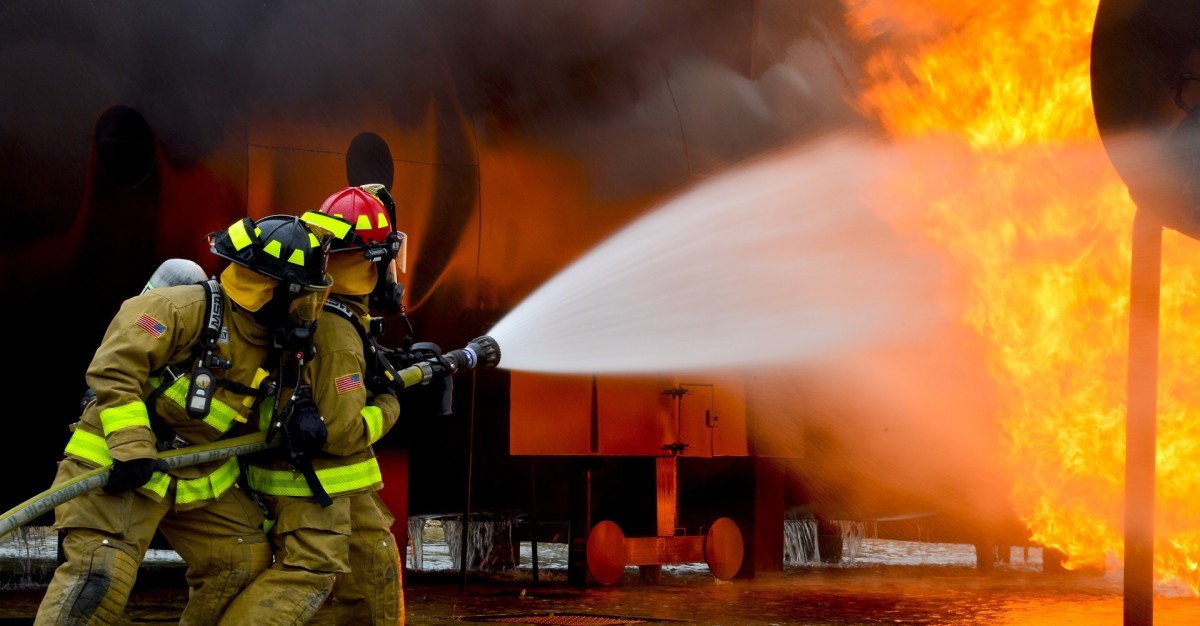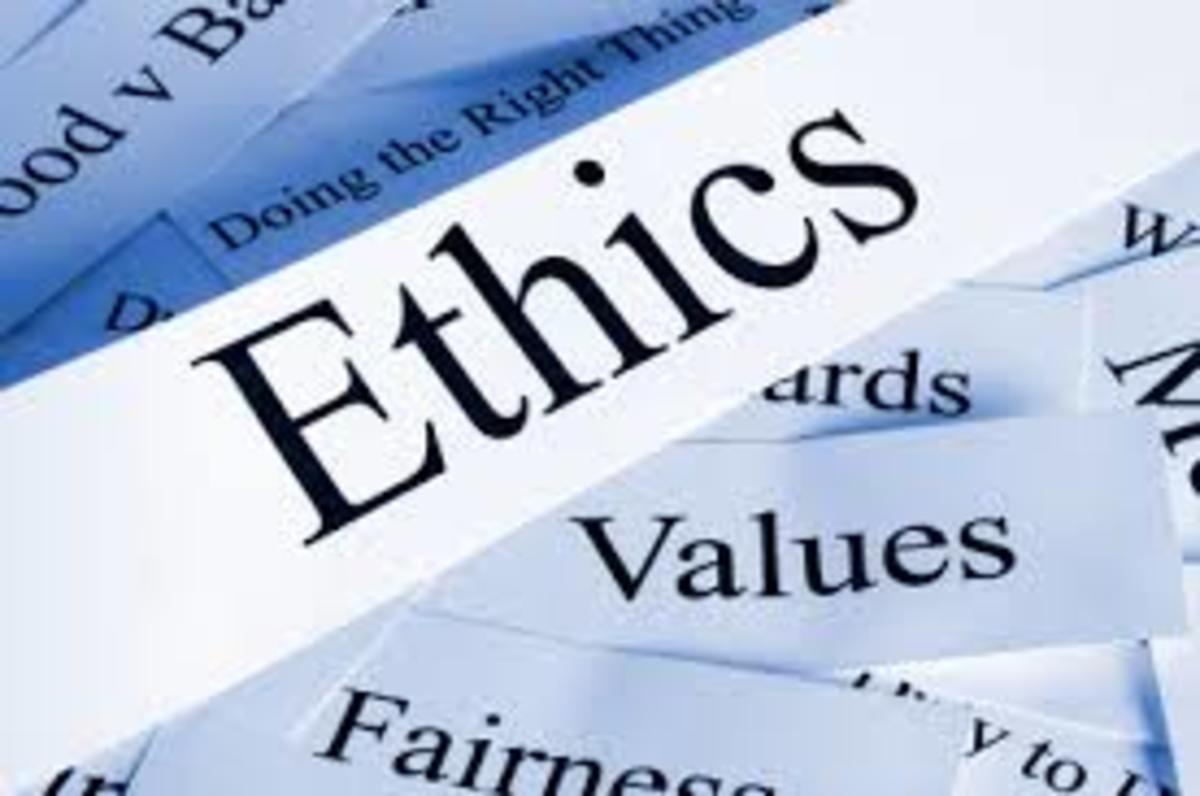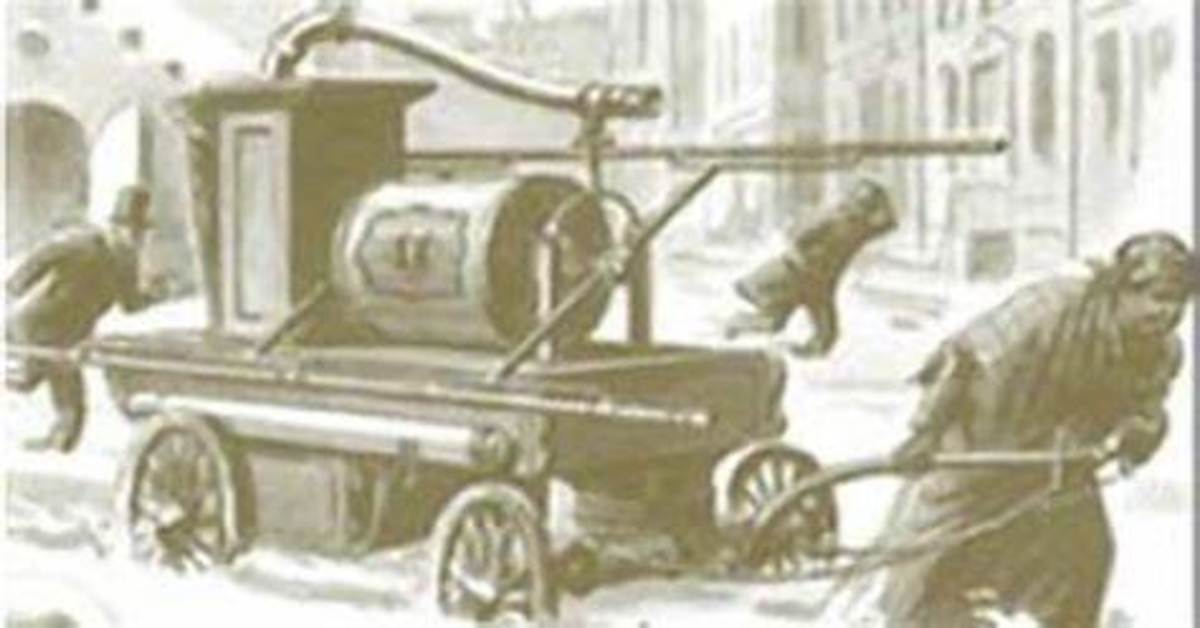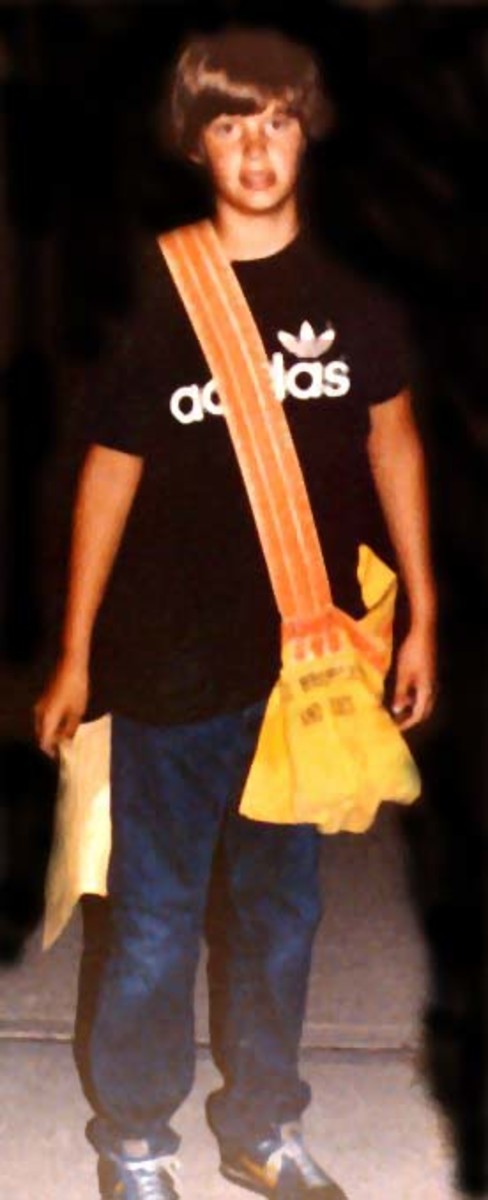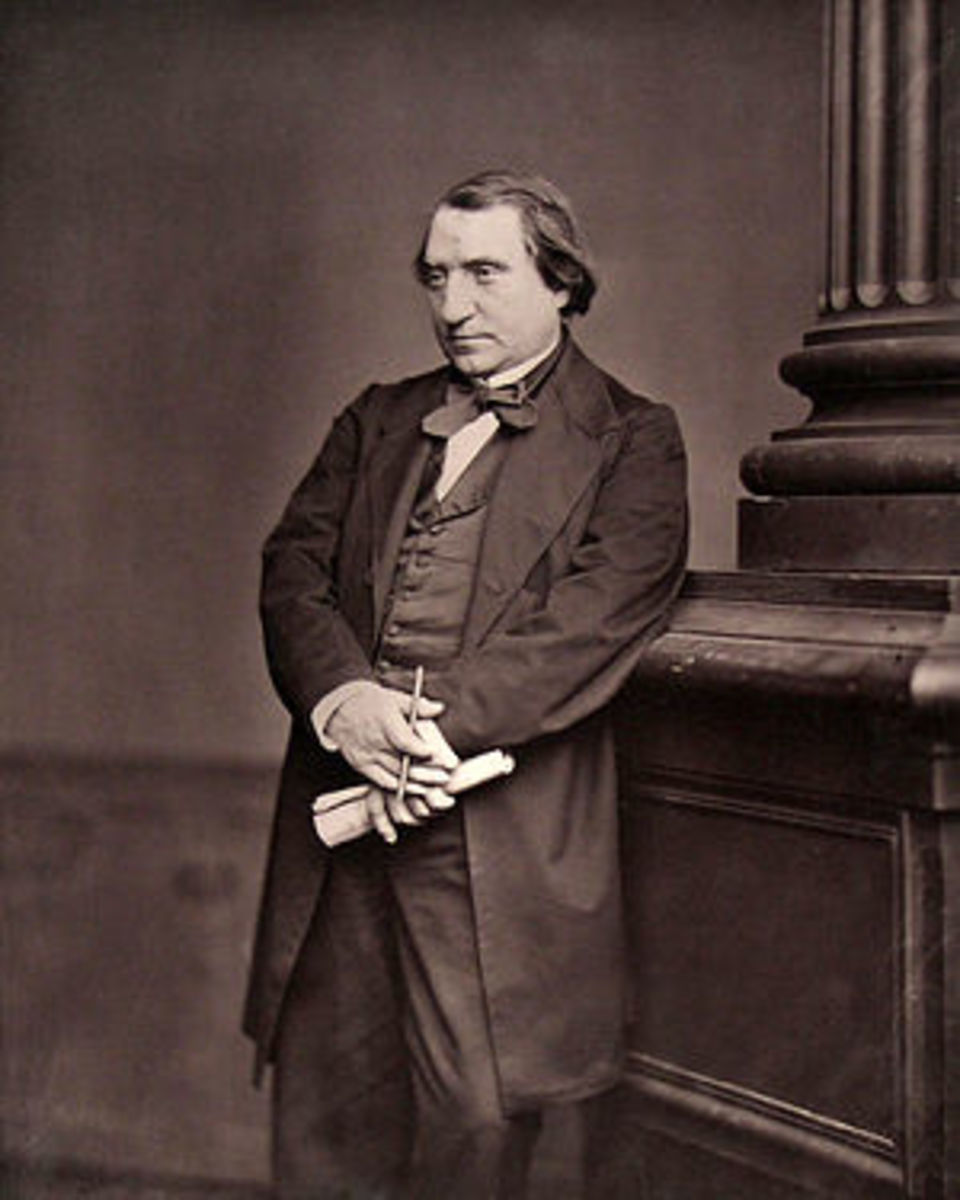Four Weird Riots
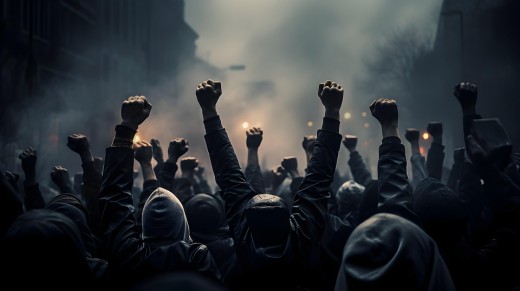
The Natives Are Getting Restless
Riots happen over political disagreements, food shortages, inequality, race hatred, and straw hats. Straw hats? Yes and circus clowns and disco music as well. Some very odd things can get people stirred up and into the streets and primed for violence.
New York's Straw Hat Riots
A century or so ago there was an unofficial rule in the United States that men switched from felt hats to straw hats on May 15 (Straw Hat Day), and went back to felt on September 15 (Felt Hat Day). It was a routine that was followed with strict formality.
Among New York's stockbrokers a prank of unknown origin started during which they punched out the crown of straw hats still worn by colleagues after September 15.
It was a pretty harmless bit of tomfoolery—until it wasn't. Hat bashing was fine among co-workers, but frowned upon when done by strangers.
Taking the end-of-summer ritual off Wall Street, a crowd of youths went on a straw hat rampage.
On September 13, 1922, two days before Felt Hat Day, the ruffians began knocking straw hats off and destroying them wherever they saw them. They got away with it until they tried the stunt on dock workers. Brawls ensued. A few people were hospitalized.
On September 16, The New York Tribune reported:
“Boys who were guided by the calendar rather than the weather, and most of all their own trouble-making proclivities, indulged in a straw hat smashing orgy throughout the city last night. A dozen or more were arrested and seven were spanked ignominiously by their parents in the East 104 Street police station by order of the lieutenant at the desk.”
The riots carried on for a couple of years until President Calvin Coolidge stepped in to set an example (Ah! Those were the days). He took to wearing a straw hat after September 15, and the tradition was broken.
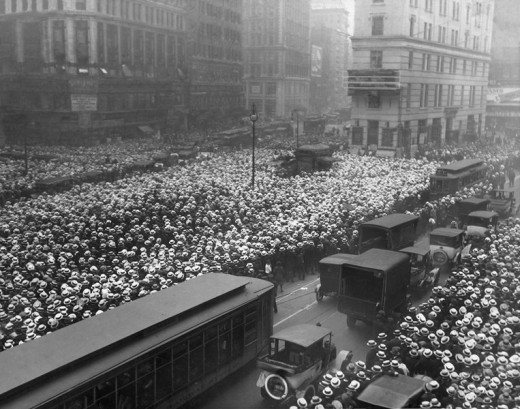
The Clown and Firefighter Riot
Toronto was a rough and tumble place in 1855, and then the circus came to town. There were elephants, lions, tightrope walkers, and a troupe of clowns.
On their night off, the clowns visited a brothel; inadvertently, they chose one that was a favourite hang out for The Hook & Ladder Firefighting Company. In those days, firefighters tended to be a rough bunch and the clowns were also made of strong, abrasive fibre.
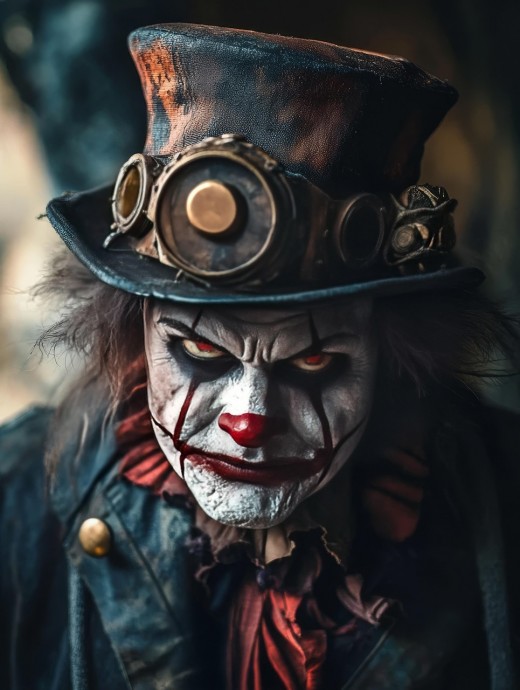
Nobody knows what started it, but a fight broke out in the house of ill repute and the clowns got the better of it. The firefighters retreated to nurse their wounds, but, from their point of view, a score remained to be settled.
As the circus was ending its run, the firemen, bolstered by some angry citizens, turned up to exact revenge.
The mob started throwing stones at the circus employees, equipment was flipped over, and fires started. The hook and ladder team arrived and joined in the fighting with their pals. It took the militia to stop the riot.
Unsurprisingly, the police (a rag-tag bunch of Orangemen who were political appointees) were unable to identify any suspects among their Orangemen firefighter friends. A few charges were laid but only one person was convicted.
The Anatomy Riots
Medical student John Hicks made an unfortunate decision. While dissecting a body at the New York Hospital he waved a severed arm out of a window. It was the spring of 1788 and a bunch of boys were playing nearby and Hicks shouted, “This is your mother’s arm. I just dug it up.”
Bad timing Hicks. The mother of one of the boys had recently died, and her widower was displeased to hear his son's story when he got home.
The father went to his wife's gravesite and found it was empty. He kicked up a fuss and soon discovered that the graves of others had been robbed in service of the medical profession.
A crowd, several hundred strong, arrived at the hospital causing the physicians to flee. Sciencehistory.org tells us, “The mob proceeded to take over the building, dragging equipment into the street to smash it and dragging specimens outside to burn them. The mob also grabbed several stolen bodies inside in various states of decay and reburied them."
Much of the hospital was trashed and the following day the rioters, having swelled to thousands, went looking for the doctors. The mayor had put them in prison for their safety and it now became the target of the angry citizens. The militia was called out as rocks and bricks started flying.
The order to open fire was given and the crowd rapidly dispersed. It's thought that 20 bodies were left behind and, given the circumstances, it's unlikely they were used for dissection in anatomy classes.
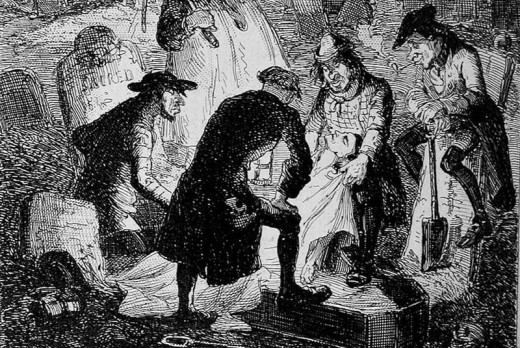
The Disco Sucks Riot
It's said that some people liked disco music; just as it's said some people like rap. Steve Dahl didn't like disco and, if the Chicago DJ has any sense about him, he probably wouldn't like rap today.
He had a good reason to hate disco. In December 1978, he lost his gig at WDAI when it switched its format from rock to disco. He found a new spot at WLUP and launched his career as an anti-disco warrior.
In July 1979, Dahl pulled a stunt to demonstrate his opposition to disco. He found a willing partner in Comiskey Park, home of the Chicago White Sox. The team was doing poorly and drawing small crowds. Maybe something spectacular would put some bums in the seats.
There was a double-header between the White Sox and the Detroit Tigers on July 12. Between the games, Dahl was invited to host a “Disco Sucks” event. Bring a horrible disco album and the entrance fee would be 98 cents, fans were told. The stadium was a sell out.
The vinyl was loaded into a dumpster that Dahl ceremoniously blew up. The “Disco Sucks” brigade took this as their signal to invade the pitch—an estimated 7,000 of them.
The undamaged albums became improvised Frisbees. Bonfires were started and patches of grass torn up. It's fair to say the situation got out of hand. In fact, it turned into a riot.
The field was so badly damaged that the White Sox had to forfeit the second game. The Chicago Tribune opined that it was “an outrageous example of irresponsible hucksterism that disgraced the sport of baseball.”
Bonus Factoids
- In the United Kingdom, a riot is defined as “Where 12 or more persons who are present together use or threaten unlawful violence ...” However, a single person, acting alone, can be charged with rioting under the Public Order Act.
- In the United States, a violent assemblage of three or more constitutes a riot.
- On the first day of his return to office in January 2025, Donald Trump granted pardons to more than 1,500 supporters convicted of taking part in the January 6, 2021 riot at the U.S. Capitol. Among those released, National Public Radio “has identified dozens of defendants with prior convictions or pending charges for crimes including rape, sexual abuse of a minor, domestic violence, manslaughter, production of child sexual abuse material and drug trafficking.”
Sources
- “The Straw Hat Riots Come to a Head.” Jeff Nilsson, The Saturday Evening Post, September 16, 2024.
- “100 Years Ago Men and Boys Fought on the Streets of New York Over Wearing Straw Hats Past Summer.” Carrie McBride, New York Public Library, September 23, 2022.
- “Circus Riot Led to Birth of Modern Policing in Toronto.” Jessica Young, toronto.com, March 7, 2025.
- “The Toronto Circus Riot of 1855—the Day the Clowns Picked the Wrong Toronto Brothel.” Adam Bunch, spacing.ca, October 2, 2012
- “The Anatomy Riots.” Sam Kean, sciencehistory.org, June 1, 2021.
- “The 1979 Riot that 'Killed' Disco.” Dorian Lynskey, BBC, September 22, 2023
- “Criminal Records of Jan. 6 Rioters Pardoned by Trump Include Rape, Domestic Violence.” Tom Dreisbach, National Public Radio, January 30, 2025.
This content is accurate and true to the best of the author’s knowledge and is not meant to substitute for formal and individualized advice from a qualified professional.
© 2025 Rupert Taylor

